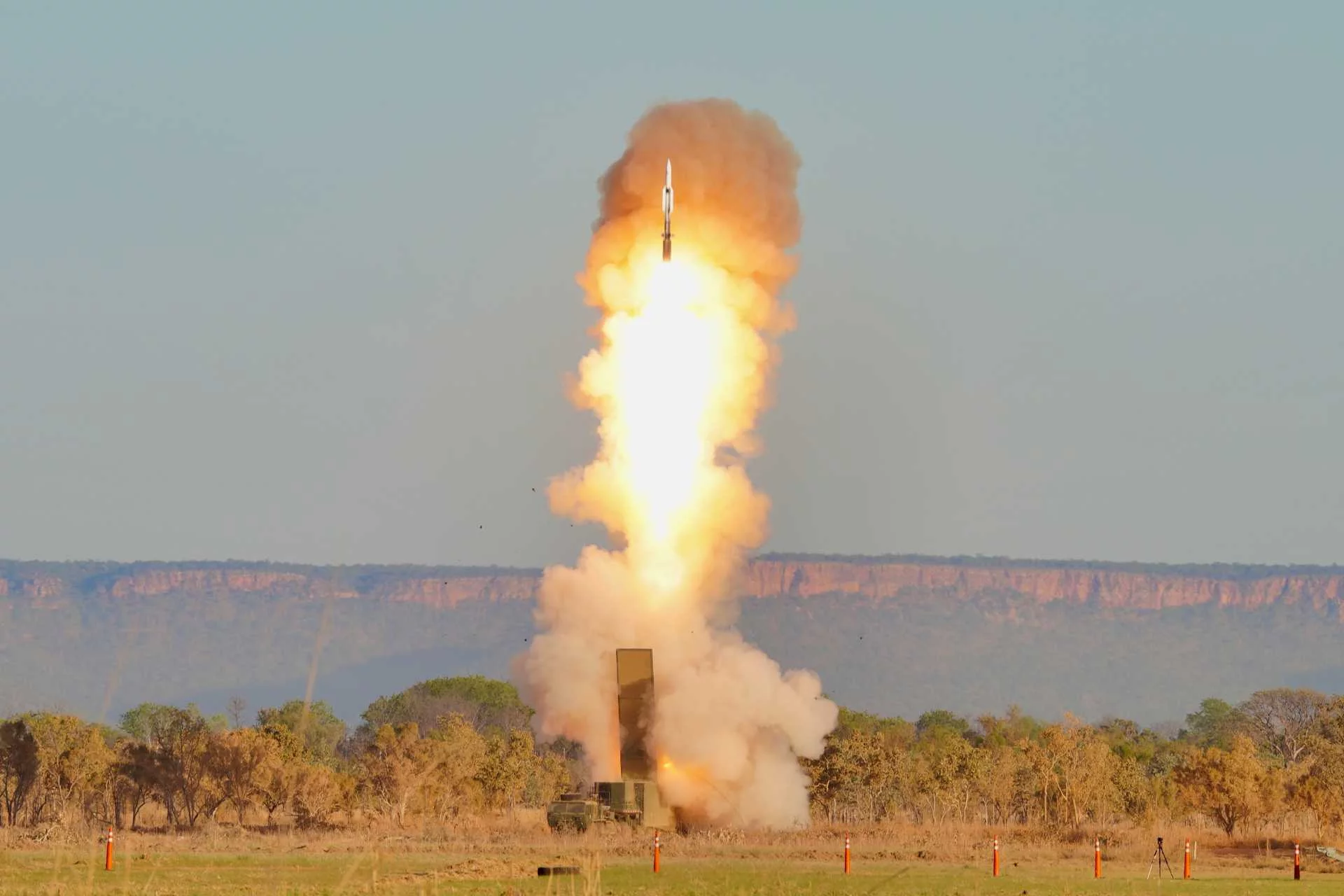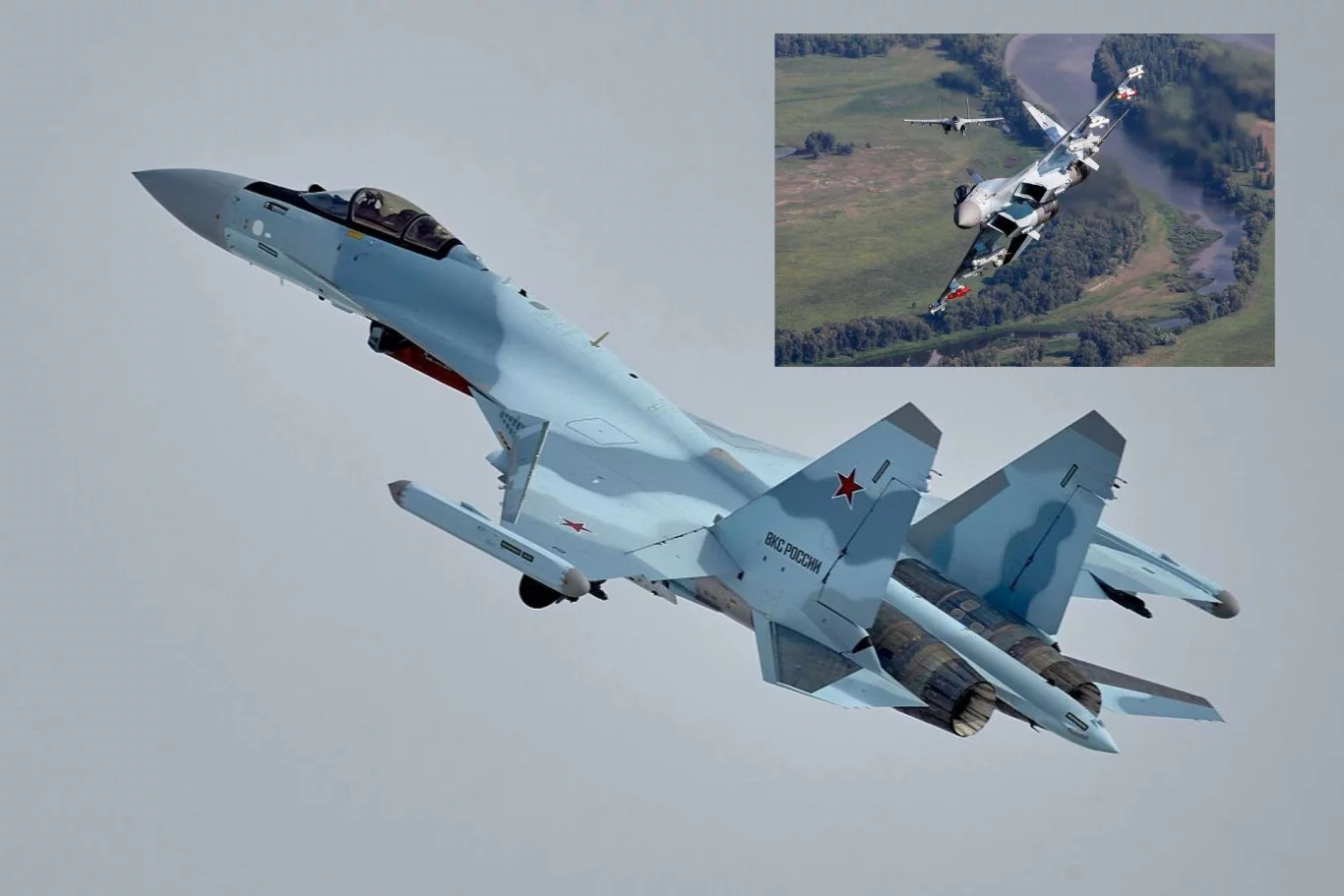In a groundbreaking development that’s set to reshape the European defense landscape, Germany has officially thrown its weight behind a bold initiative to acquire the cutting-edge U.S.-made Typhon ground-based missile system. On July 14, 2025, German Defence Minister Boris Pistorius made waves during a high-stakes visit to Washington, confirming the submission of a formal request to the United States to bolster Germany’s long-range strike capabilities. This strategic maneuver, detailed in reports from the Deutsche Press Agency, follows intense discussions with U.S. Secretary of Defense Pete Hegseth and signals Germany’s determination to enhance its deterrence posture amid rising geopolitical tensions, particularly with Russia looming on the horizon.
A Game-Changing Addition to Europe’s Arsenal
The Typhon missile system, a brainchild of Lockheed Martin, is poised to become a cornerstone of Germany’s defense strategy. Positioned as a mid-tier powerhouse between short-range tactical missiles and high-end hypersonic weapons, the Typhon leverages an impressive arsenal of existing U.S. Navy munitions, including the SM-6 interceptor and the legendary Tomahawk cruise missile. With a staggering range of up to 2,500 kilometers, this system promises to deliver precision strikes deep into hostile territory, offering a robust shield against potential threats. Pistorius was quick to clarify that while the system’s reach could theoretically extend into Russian soil, its primary role would be defensive—acting as a deterrent in the face of a conventional first strike.
The acquisition, still in the negotiation phase, has already garnered a positive nod from Hegseth, hinting at a potential green light from Washington. The Typhon package includes four launchers, a battery operations center, command vehicles, prime movers, trailers, and comprehensive support infrastructure, all integrated with the Navy’s Mk 41 Vertical Launch System. This modular design not only enhances operational flexibility but also ensures compatibility with NATO’s evolving defense framework, making it a versatile asset for multi-domain operations across land and sea.
A Strategic Bridge to European Autonomy
Germany’s interest in the Typhon isn’t just about immediate defense needs—it’s a calculated step toward bridging the gap until Europe’s own long-range missile programs mature. Pistorius emphasized that this acquisition serves as an interim solution, buying time as joint European initiatives, developed in collaboration with partners like the United Kingdom, take shape over the next seven to ten years. The Typhon’s ability to deploy both the Tomahawk (with its 2,500-kilometer range) and the SM-6 (reaching approximately 500 kilometers) fills a critical void in Europe’s strike capabilities, offering a scalable response to emerging threats.
This move aligns with broader NATO efforts to counter advancements in Russian and Chinese military technology, as outlined in a March 2025 Congressional Research Service report. The U.S. Army’s expansion of its Long Range Precision Fires (LRPF) portfolio, including the Typhon, reflects a global push to address sophisticated artillery, UAVs, and specialized munitions. With over 800 SM-6 units slated for acquisition in the next five years and a vast inventory of Tomahawk missiles, the system’s deployment could see four Multi-Domain Task Forces (MDTFs) operational by 2028, with potential stations in Europe and the Indo-Pacific.
Strengthening NATO’s Deterrence Posture
The timing of Germany’s request couldn’t be more critical. Amid heightened tensions following Russia’s actions in Ukraine and China’s growing assertiveness in the Indo-Pacific, NATO allies are scrambling to reinforce their collective defense. The Typhon’s deployment, slated to begin episodically in Germany from 2026 as part of a joint U.S.-German initiative announced in July 2024, underscores a shared commitment to sustained long-range strike capabilities. This follows the successful live-fire demonstration of the Typhon in Australia during Exercise Talisman Sabre 25 on July 16, 2025, where an SM-6 sank a maritime target, showcasing its precision and interoperability with allied forces.
Pistorius’s vision extends beyond mere acquisition—he sees the Typhon as a linchpin in NATO’s deterrence strategy, particularly against Russia’s anti-access/area-denial (A2/AD) capabilities. By integrating this system into Germany’s armed forces, the Bundeswehr aims to enhance its ability to conduct deep strikes, protect critical infrastructure, and support coalition operations. The system’s mobility, enabled by truck-mounted launchers, ensures rapid deployment and survivability, a vital advantage in contested theaters.
Challenges and Global Implications
While the proposal has sparked enthusiasm, it’s not without challenges. The deal’s finalization hinges on U.S. approval, and logistical hurdles—such as training German personnel and integrating the system into existing defenses—remain. Moreover, the Typhon’s potential to reach Russian territory has raised eyebrows, with some viewing it as a provocative move that could escalate tensions. Pistorius has countered this narrative, insisting the system’s focus is purely defensive, a stance echoed by U.S. officials who see it as a stabilizing force.
Globally, the Typhon’s reach has piqued interest beyond Europe. The Philippines is exploring its acquisition to counter China’s maritime claims, while Australia’s successful test hints at a broader Indo-Pacific deployment. This ripple effect could redefine regional power dynamics, positioning the Typhon as a sought-after asset in an increasingly multipolar world.
The Road Ahead
As negotiations progress, Germany is poised to lead a new era of European defense, with the Typhon serving as a bridge to self-reliance. The system’s delivery timeline remains fluid, but with U.S. support and NATO backing, it could be operational by the late 2020s. This acquisition not only strengthens Germany’s military might but also reinforces its role as a NATO linchpin, ready to face the complexities of 21st-century warfare.
Stay tuned as this historic deal unfolds—Europe’s skies may soon be guarded by the mighty Typhon!




